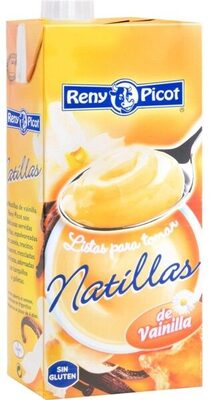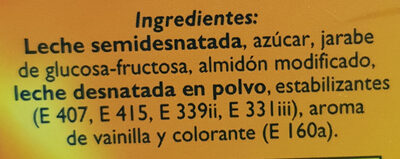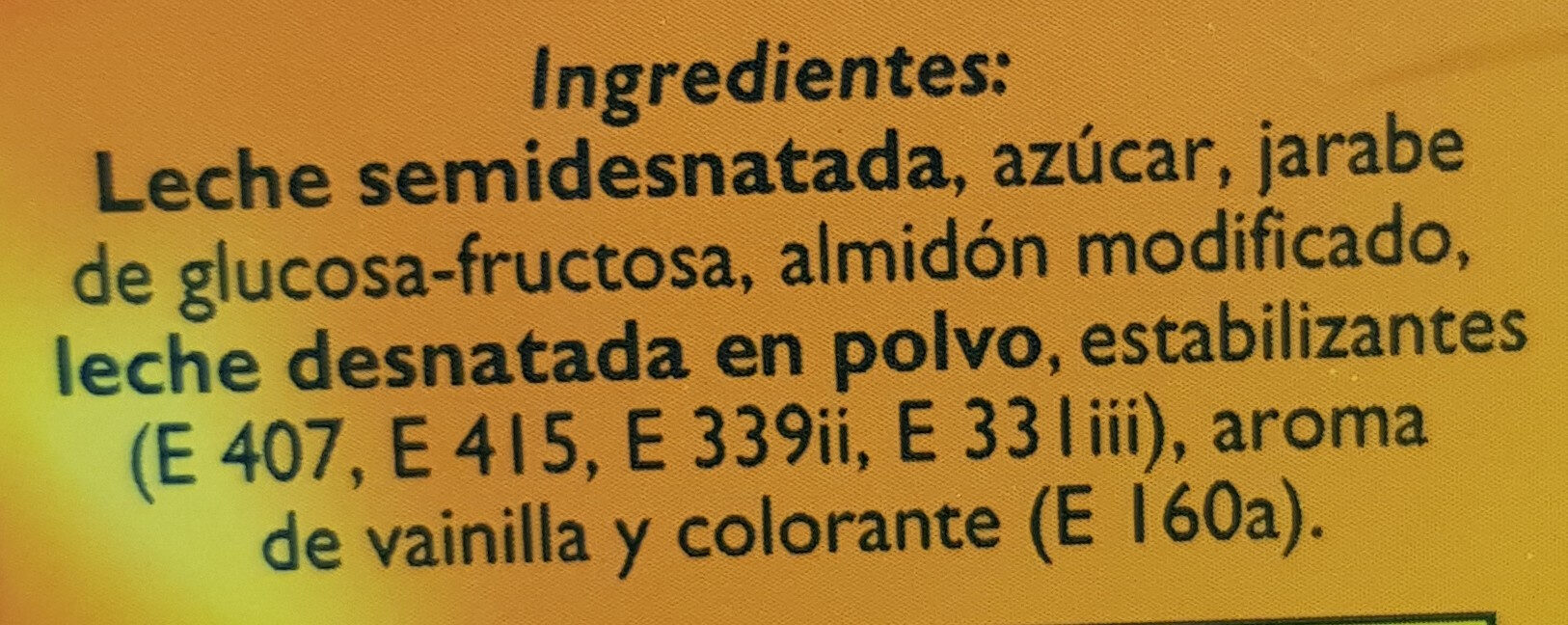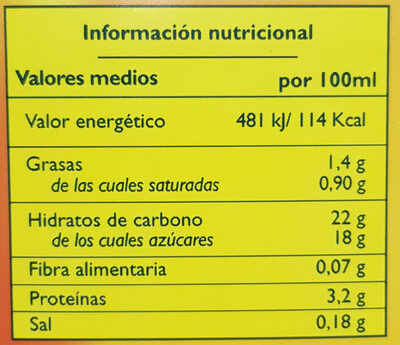Natillas de vainilla sin gluten - Reny Picot
This product page is not complete. You can help to complete it by editing it and adding more data from the photos we have, or by taking more photos using the app for Android or iPhone/iPad. Thank you!
×
Barcode: 8410379940005 (EAN / EAN-13)
Packaging: fr:MIXTO Cartón
Brands: Reny Picot
Categories: Dairies, Desserts, Dairy desserts, Creamy puddings
Labels, certifications, awards:
No gluten, FSC, FSC Mix, es:Recicla-amarillo

Manufacturing or processing places: Anleo Navia Asturias
Traceability code: ES 15.00349/O CE, FSC-C020428
Stores: Alimerka
Matching with your preferences
Environment
Packaging
Transportation
Report a problem
Data sources
Product added on by date-limite-app
Last edit of product page on by packbot.
Product page also edited by alexrios, kiliweb, openfoodfacts-contributors, roboto-app, teolemon, thaialagata, triumvi, yuka.R0pFS05JNENxNkFMaFBBUi96M1grZlVyMXM2dmZscUpLYlVoSVE9PQ, yuka.WjVnOVFZb2puUEkyc2NjVHBqZm82c2tvd29XZ1pWam9CdFFTSVE9PQ.










